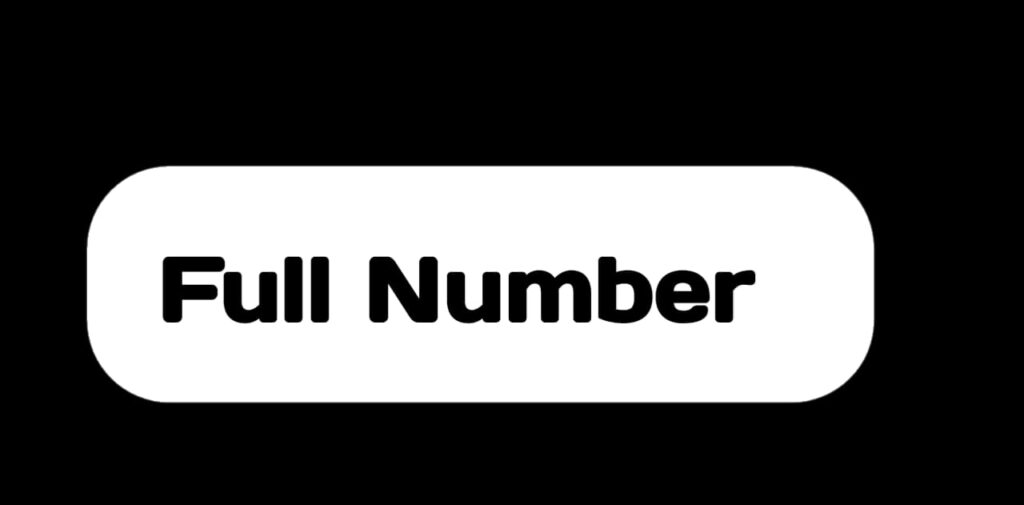Skip to content
1. Introduction
- Begin by defining a budget-friendly lifestyle as living within your means while maintaining a good quality of life.
- Emphasize the benefits of adopting such a lifestyle: reducing financial stress, saving for goals, and avoiding debt Budget-friendly lifestyle in 2025.
- Mention that budgeting doesn’t mean sacrificing joy but prioritizing spending wisely.
- Introduce the guide’s purpose: to help readers start and sustain a budget-friendly lifestyle with actionable steps.
 Businessman hugs indian rupee money bags. Granting financing business project or education. Trade, economics. Corruption. Provision financial loan credit. Bank deposit. Budget, tax collection.
Businessman hugs indian rupee money bags. Granting financing business project or education. Trade, economics. Corruption. Provision financial loan credit. Bank deposit. Budget, tax collection.
- Highlight the importance of understanding where your money is going before making changes.
- Provide steps for assessment:
- List all sources of income.
- Track monthly expenses (fixed: rent, utilities; variable: groceries, entertainment).
- Use tools or apps like Mint or YNAB for tracking Budget-friendly lifestyle in 2025.
- Suggest analyzing spending patterns to identify areas of overspending.
- Include an example: “If you’re spending $200 monthly on coffee shop visits, brewing at home could save you $150.” Budget-friendly lifestyle in 2025
3. Step 2: Set Realistic Financial Goals
- Discuss the importance of goal-setting to stay motivated.
- Types of goals to consider:
- Short-term: Cutting unnecessary expenses.
- Medium-term: Saving for a vacation or emergency fund.
- Long-term: Paying off debt or saving for retirement.
- Encourage readers to make SMART goals (Specific, Measurable, Achievable, Relevant, Time-bound).
- Example: “Save $1000 for an emergency fund in 6 months by setting aside $167 per month.”
4. Step 3: Create a Budget That Works for You
- Explain that a budget is the foundation of a budget-friendly lifestyle.
- Introduce popular budgeting methods:
- 50/30/20 Rule: Allocate 50% of income to needs, 30% to wants, and 20% to savings.
- Zero-based Budgeting: Assign every dollar a job, ensuring income minus expenses equals zero Budget-friendly lifestyle in 2025.
- Envelope System: Use cash envelopes for specific spending categories to avoid overspending.
- Provide practical steps to create a budget:
- Calculate total income.
- Categorize expenses and set spending limits.
- Track spending monthly and adjust as needed.
- Include tips for success: “Be flexible; adjust your budget if unexpected expenses arise.”
 Bank, Meeting, Business Meeting, Customer, Digital Tablet
Bank, Meeting, Business Meeting, Customer, Digital Tablet
5. Step 4: Embrace Smart Spending Habits
- Provide tips for reducing expenses without sacrificing quality of life:
- Shop strategically: Look for discounts, coupons, and cashback offers. Use apps like Rakuten or Honey.
- Cut unnecessary subscriptions: Cancel unused streaming services or gym memberships.
- Adopt DIY practices: Cook at home, repair small items yourself, or make gifts instead of buying Budget-friendly lifestyle in 2025.
- Highlight the value of buying quality over quantity: “Investing in durable items saves money in the long run.”
- Suggest setting a waiting period for non-essential purchases to avoid impulse buying.
6. Step 5: Increase Savings Through Creative Strategies
- Introduce ways to save more without drastic changes:
- Automate savings: Set up automatic transfers to a savings account.
- Use cashback credit cards wisely: Earn rewards on everyday purchases but pay off balances monthly.
- Participate in savings challenges: Examples include the 52-week savings challenge or no-spend weeks Budget-friendly lifestyle in 2025.
- Recommend creating separate savings accounts for specific goals (e.g., vacation fund, emergency fund).
7. Step 6: Find Budget-Friendly Alternatives
- Encourage readers to explore affordable alternatives in everyday life:
- Entertainment: Use free local events, public libraries, or streaming services instead of cable.
- Travel: Opt for off-season trips, budget airlines, and staying in hostels or with friends.
- Fitness: Choose at-home workouts, community parks, or affordable fitness apps over expensive gym memberships.
- Emphasize creativity and resourcefulness as key to finding joy in cost-effective options.
8. Step 7: Stay Motivated and Track Progress
- Explain that consistency is crucial for long-term success.
- Suggest tracking progress monthly to celebrate small wins and stay on track.
- Provide tips for maintaining motivation:
- Create a vision board with financial goals Budget-friendly lifestyle in 2025.
- Share your journey with a friend or accountability partner.
- Reward yourself when milestones are reached (e.g., a small treat after saving $500).
- Highlight the importance of revisiting goals periodically to adjust for life changes.
 Group of business people is working on new business strategy with a financial analyst while analyzing financial chart during meeting in the office.
Group of business people is working on new business strategy with a financial analyst while analyzing financial chart during meeting in the office.
9. Overcoming Challenges and Staying Flexible
- Discuss common challenges, such as unexpected expenses or losing motivation.
- Provide solutions:
- Build a buffer in your budget for emergencies Budget-friendly lifestyle in 2025.
- Reassess spending categories if goals seem unattainable.
- Remind readers that setbacks are normal: “Progress isn’t always linear; what matters is consistency over time.”




